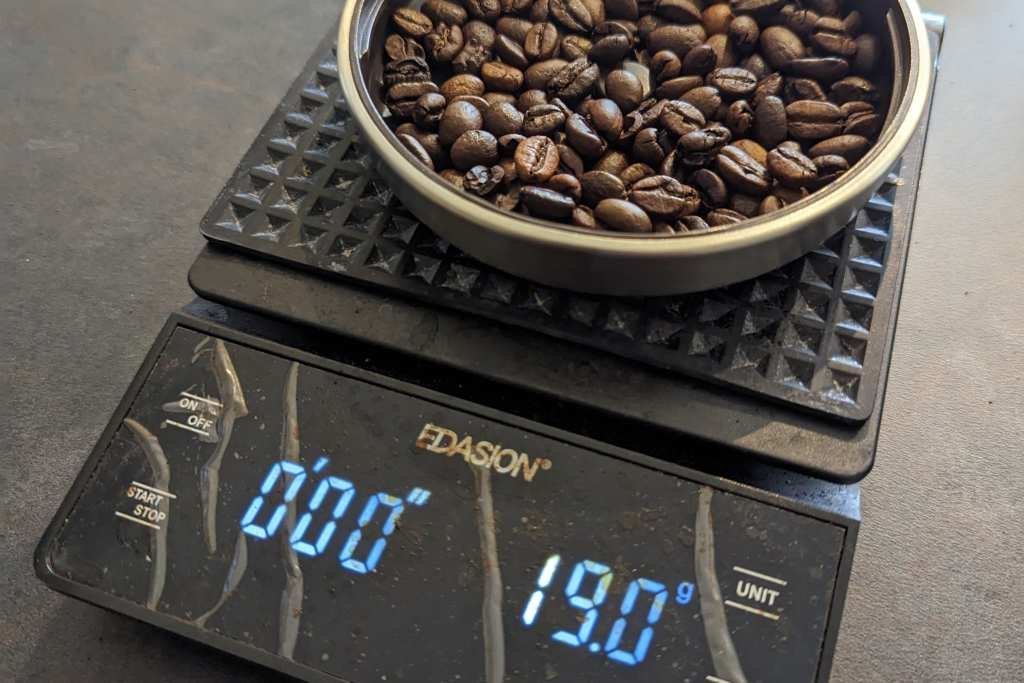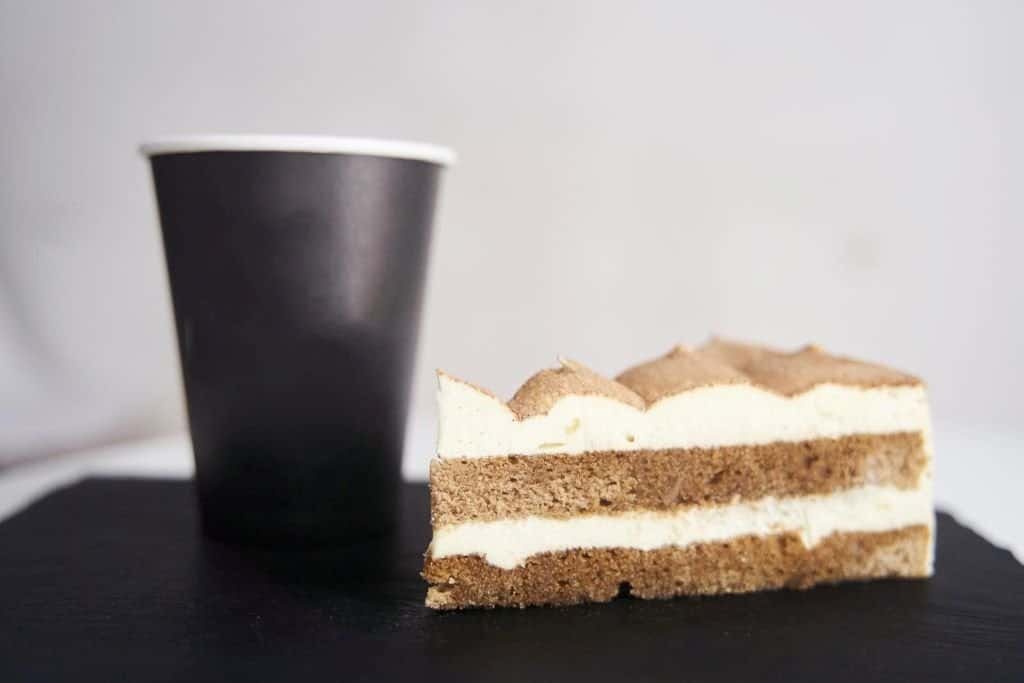Are you having trouble getting the perfect espresso shot? Achieving a delicious, smooth, and creamy cup of espresso is an art that takes practice and knowledge to master.
The good news is that troubleshooting your espresso doesn’t have to be complicated or expensive.
With these eight easy tips for diagnosing common problems with wet espresso pucks, you can quickly identify what needs adjusting in order to get the best results from your machine. So let’s dive in!
What is a wet espresso puck?

Have you ever noticed the wet, compressed coffee grounds left in your portafilter when you’re done brewing? This is called a wet espresso puck.
It’s made up of compressed grounds and water and is an easy sign that you’re doing something wrong in your brewing process.
Why should we troubleshoot our espresso?
Before we move on to troubleshooting techniques, it is worth noting why it is so important to troubleshoot espresso pucks.
The puck can tell us a lot about the brewing process and whether or not we have achieved an optimal extraction. If the puck is too wet, it may indicate that you are over-extracting your coffee, while if it is too dry, it may be an indication that the coffee is underextracted.
Both will lead to a subpar cup of espresso, resulting in a less-than-ideal flavor.
8 Easy Tips to Troubleshoot Your Espresso
Here are our top 8 tips for diagnosing wet espresso puck problems:
Dosage

Before we get into the nitty-gritty, it is important to get the basics right. Start by checking that you use the correct dosage of coffee grounds for your portafilter size. This is typically 18-22g for a double basket or 12-16g for a single.
Once you’ve decided on the dosage, it’s important to keep this as consistent as possible each time you brew, as this will remove this variable from the equation. The easiest way to do this is to buy a scale and weigh your dosages each time.
Grind Size
The grind size is one of the most common and often overlooked elements of a wet espresso puck.
If your coffee grounds are too coarse, you will get an under-extracted shot with a sour taste. On the other hand, if your grind size is too fine, it can lead to an over-extracted and bitter cup.
Fixing this isn’t easy, but it’s well worth the effort. Using your scales and a timer is the easiest way to do this. This does depend on your dosage, but typically you want a grind size that takes 20-30 seconds to extract a double shot with a 1:2 ratio (i.e., 18g in and 36g out).
Tamping Pressure
The tamping pressure can also greatly impact the quality of your espresso. If your puck is too wet, it may be an indication that you are tamping the grounds too hard. This stops the water from being able to extract the flavor from the beans, resulting in a sour and weak cup.
Conversely, if your puck is too dry, it could mean you are tamping too lightly and not compressing the grounds enough. Here, the water is able to pass through quickly, leading to an over-extracted, bitter shot.
To get the tamping pressure right, using a tamper with an even surface and pressing down with about 30 pounds of pressure is important. If you struggle with consistency, you can buy calibrated tampers to help.
Preheat your machine

Another key factor to consider is the temperature of your machine. If your machine isn’t at the optimal temperature for espresso, the water won’t be able to extract all of the flavors from the beans.
If your machine doesn’t have a “preheat” function, run an empty shot before you start brewing. This will help your machine reach the desired temperature quickly and efficiently.
Clean the machine before and after use.
Cleaning your machine before and after use is essential for maintaining a consistent espresso extraction. Oils from the beans can quickly build up on the filter basket and portafilter, leading to inconsistent pucks.
Clean all parts with water and mild detergent after each use. If you live in an area with hard water, be sure to descale your machine regularly.
Check the pressure
The pressure in your espresso machine also plays an important role in the quality of your shots. If your espresso is too weak and wet, it may be because the pressure is too low.
Conversely, if you find that your shots are over-extracted and bitter, it’s likely the pressure is too high. You should aim for a pressure range of 8-10 bars for optimal extraction.
Bean Quality Matters

People tend to overlook the quality of their beans when troubleshooting espresso. If you find that your shots are consistently weak and watery, it may be because the beans you’re using aren’t fresh.
You should aim to buy coffee beans that have a roasted date within the past 12 weeks and look for a roaster that can provide you with freshly roasted beans on a regular basis.
These will no doubt be more expensive than beans from a supermarket, but they will make a huge difference to the flavor and texture of your espresso. It’s worth doing some research before you buy, as the quality can vary significantly from brand to brand.
Finally, practice makes perfect.
Pulling the perfect espresso shot takes a lot of practice and patience. It’s important to remember that everyone’s setup is different, and the same extraction parameters may not work for everyone.
What works best for you depends on your machine, beans, and other factors, so experimenting with various grind sizes, doses, tamping pressures, and extraction times is worth experimenting.
However, it’s important not to change all of these parameters at once, as it will be difficult to tell what has the most impact on the flavor of your espresso. Make one change at a time and take notes about what works best for you. With practice, you’ll soon be able to pull delicious espresso shots like a pro!
Wrapping Things Up
A wet espresso puck is one of the most common issues baristas face when pulling shots. However, there are lots of potential culprits, so it’s important to investigate each factor when troubleshooting.
The quality of your beans, the temperature of your machine, tamping pressure, grind size, and extraction time are all key factors too.
Even though it may take some time to get it right, eventually, these will all fall into place, allowing you to pull delicious espresso shots every time.




